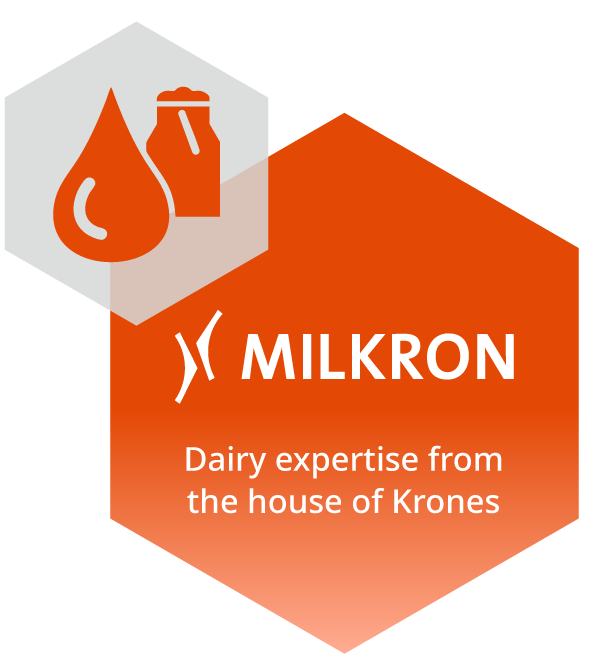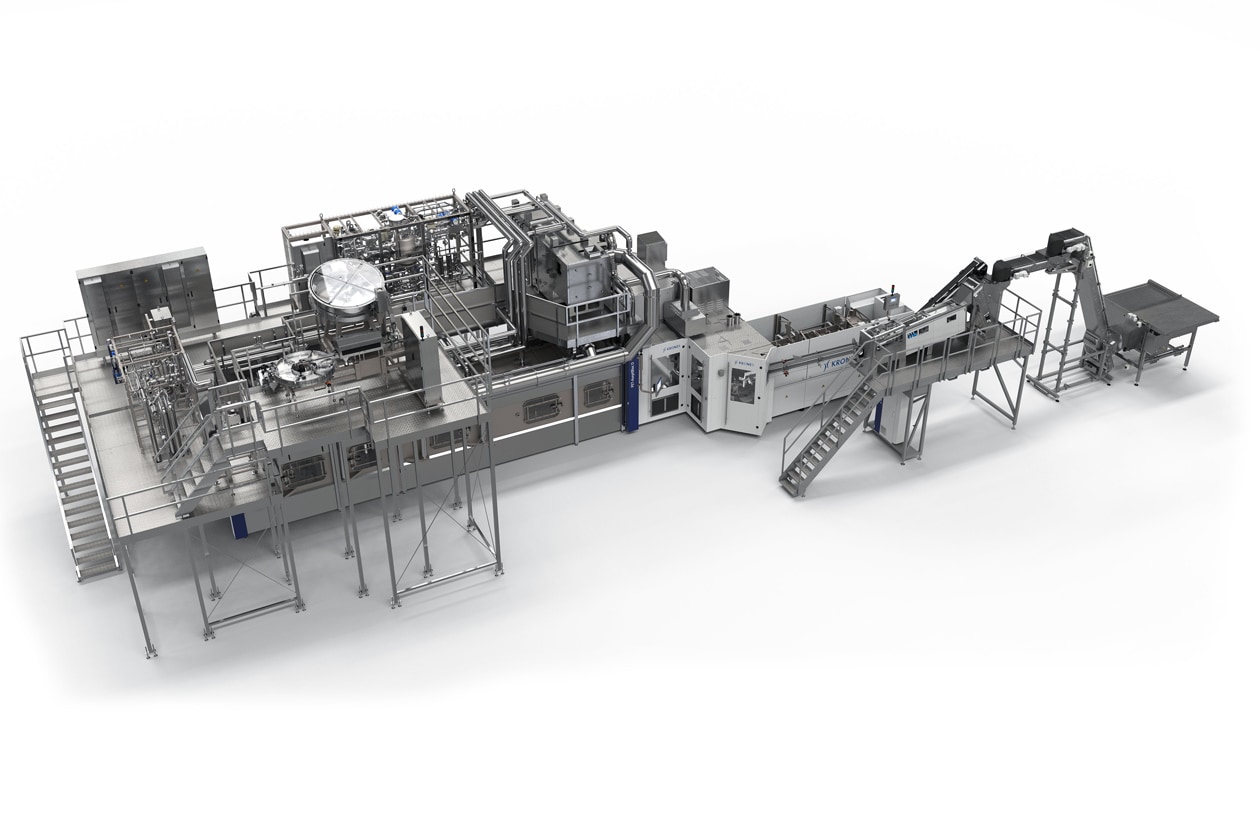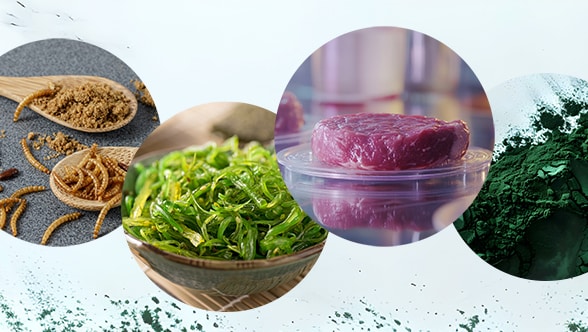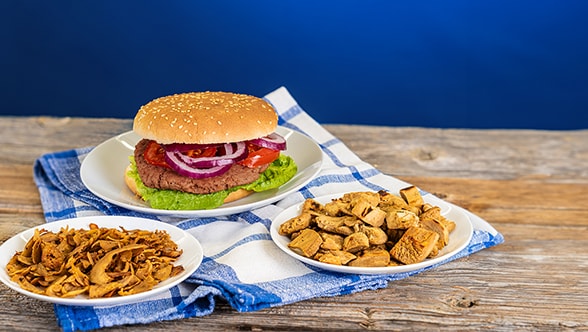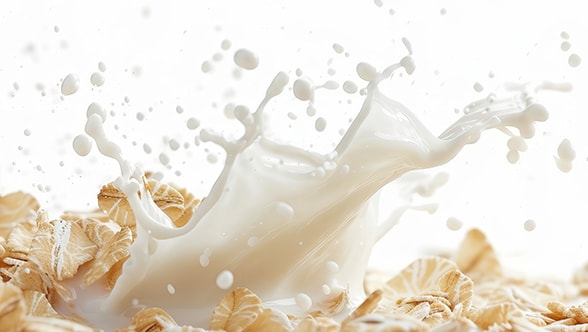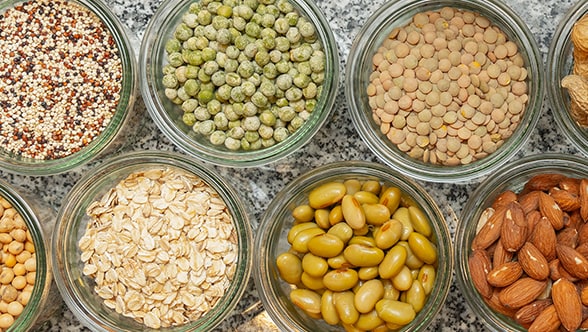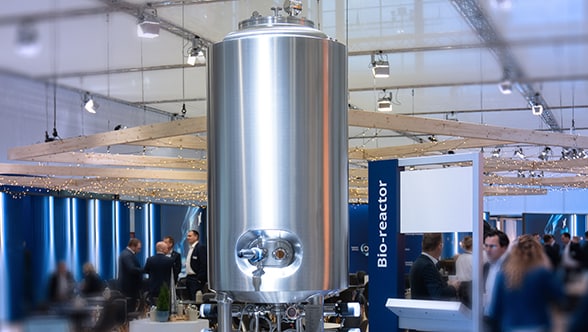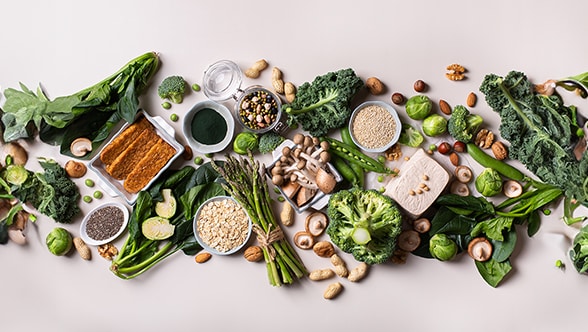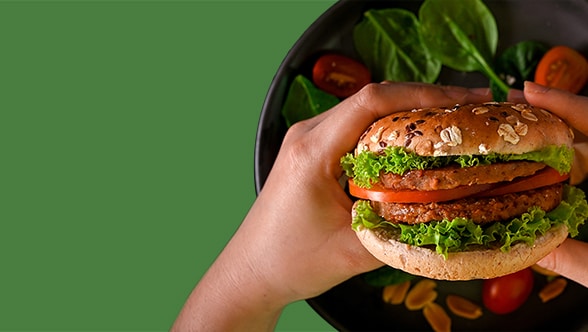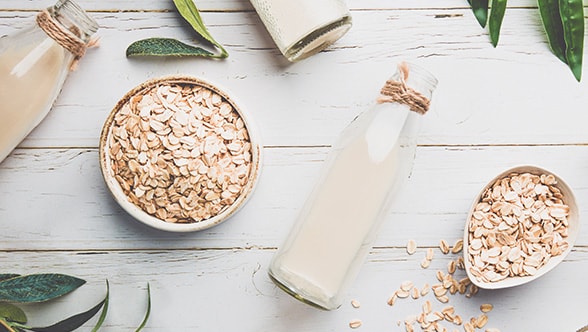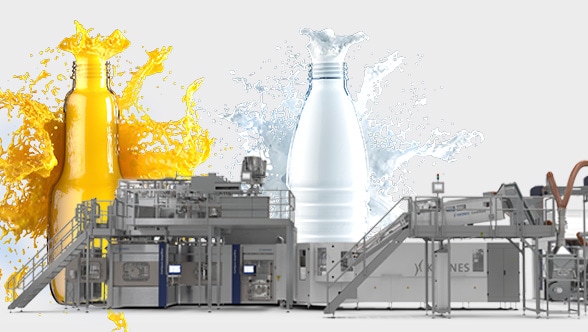This trend has, of course, also impacted the dairy industry. If we look ahead to the near future and at Euromonitor’s forecasts for individual beverage segments, we see that a relatively new product category holds fourth place with a growth rate of over five percent: plant-based drinks (also known as “milk alternatives”).
Filling these products, which may be made from myriad plant sources including soy, oats, spelt, buckwheat, rice, almonds, or other nuts, involves exactly the same technology as dairy milk. Producing them is a different matter entirely.

